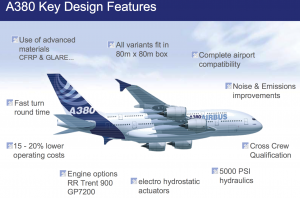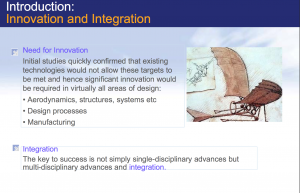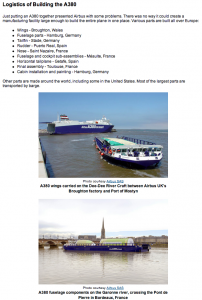by Robbin Laird
Inside the Beltway is sometimes like an ancient tribal festival. The high priests come out chanting a phrase of wisdom and knowledge, which connects the Volk with the ancestors in a rite of bonding.
Such a phrase is “concurrency.” To show that you are an insider, you toss out the term “concurrency” as a bonding term for those who want to slow down building the F-35 and allowing yet more time to go by without the U.S. and its allies flying and operating a new generation combat aircraft.
Yet the simple fact is that modern aircraft are built through processes where design and build go together to shape initial ramp rates and then full production rates.
Commercial aircraft are designed with the final product in mind from the outset, logistical engineers, manufacturing engineers, developers of new materials, avionics and other technologies are part of the design to build team.
Indeed, if one spends time in commercial facilities producing modern commercial aircraft, and talks to design and production engineers this new process is crisply evident.

The A380 is the first 21st century example of the new design to build approach. The challenge of building the largest civil airliner ever built, but crafted to operate in the largest airports within the limits of the 747 operational box was a key one. The Airbus design team came to the conclusion early on that new technologies would be necessary to achieve success in shaping a large aircraft able to operate within realistic operational limits in the global air mobility system.
The classic Airbus was made up of 4 operating companies and each of these companies was responsible for the construction of key subsystems and elements, which were then final, assembled in Toulouse. With the transformation of Airbus into a single company, this process was transformed into a new design, production and manufacturing process. Indeed, there would be problems in the early build aircraft because of this transformation, but over time these problems were sorted out.
Also, the very large size of the aircraft meant the new subassembly components would require the largest logistical design operation in civil aviation history. Moving the core elements of what would be final assembled in Toulouse, in new very large buildings was a major challenge. The design for such logistical challenges was also part of the design to build process.

In various discussions with A380 designers and engineers over the years, a core reality has been simply that the core team included a range of specialties targeting the final build product from the outset.
The process is NOT one of design, prototypes, testing, and then moving towards the manufacturing process. Rather, the manufacturing process to build the final product was the definer of how to design and build the aircraft.
Indeed, the innovations associated with the A380 required bringing together in a single effort the final product, new materials necessary to achieve this product, logistical engineers both to execute the manufacturing process and to sustain the aircraft efficiently through decades of service, close customer relations to shape the airport acceptance and optimization of the aircraft, new engine capabilities for both performance and environmental improvements, etc.
The point is rather simple.
A complex modern aircraft is shaped from the outset to be manufactured and the design process is shaped by the entry into service process from the outset.
In other words, the concurrency process is a norm, not an aberration.
The challenges of building the A380 as Airbus became a single company were significant. Indeed, the A380 is the first product of the integrated company. The process was challenging; the results impressive. And those who can do little more than criticize the building of new aircraft in the 21st century manner should pay attention to the realities of 21st century design, build and manufacturing.
For various looks at the process of designing and building the A380 one can look here
http://science.howstuffworks.com/transport/flight/modern/a3804.htm
http://www.youtube.com/watch?v=MIa-qpCRYag
http://www.youtube.com/watch?v=z7xi9RvBZCE
http://www.youtube.com/watch?v=oASgCMB6SjU
http://www.airframer.com/aircraft_detail.html?model=A380
http://www.nytimes.com/2008/08/25/arts/25iht-DESIGN25.1.15548068.html
http://www.siliconindia.com/shownews/Infosys_helped_in_designing_A380_aircraft-nid-28469-cid-2.html
http://www.dept.aoe.vt.edu/~mason/Mason_f/A380OBrien.pdf
http://www.fzt.haw-hamburg.de/pers/Scholz/dglr/hh/text_2008-01-30_A380.pdf
For a discussion of some aspects of the F-35 with commercial aircraft design and production please see
https://www.sldinfo.com/manufacturing-for-sustainability-the-f-35-case/
And for a look at 21st Century Aircraft, manufacturing and production see 21st Century Air Capabilities
https://www.sldinfo.com/defense-security-publications/
Credit for comment on A380 logistics
http://science.howstuffworks.com/transport/flight/modern/a3804.htm


